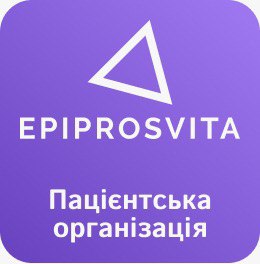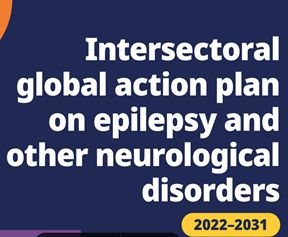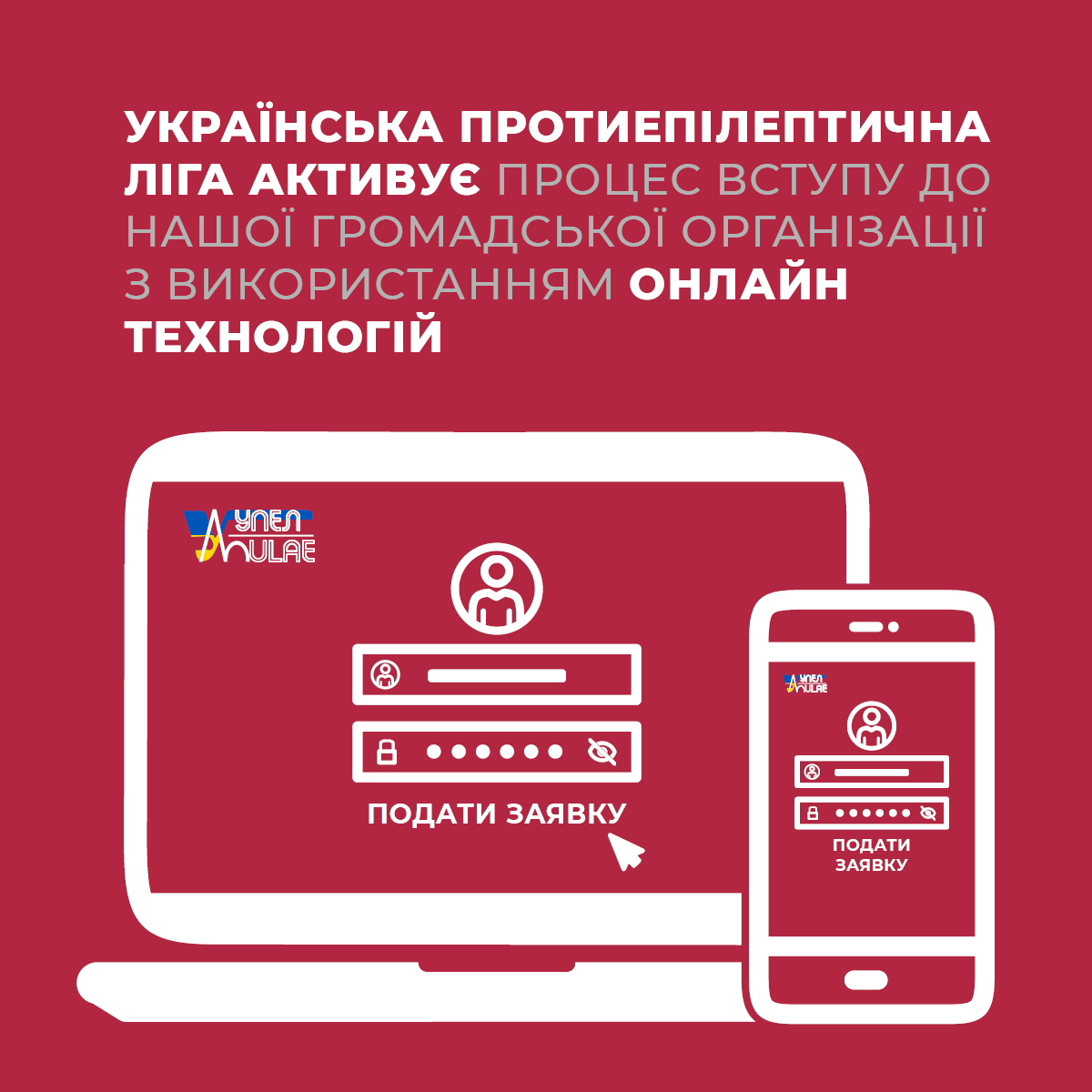Editor’s Choice vol. 117: Comparison of neurodevelopmental,
educational and adulthood socioeconomic outcomes in offspring of
women with and without epilepsy: A systematic review and meta-analysis.
Markus Reuber MD PhD, Academic Neurology Unit, University of Sheffield,
Royal Hallamshire Hospital, Glossop Road, Sheffield, S10 2JF
Charles Darwin’s principal work “The Origin of Species” (1859) is one of the key milestones
along the route towards our discovery of human development and the relationship between
humans and other living organisms. This book was undoubtedly a great scientific step
forward, but it also gave rise to some deeply problematic ideas: one, the pseudoscience of
“eugenics”, i.e. the cleansing of humanity through the suppression of procreation of
individuals thought to have inherited diseases and other unwanted traits, was first proposed
by Darwin’s half-cousin Sir Francis Galton in his book “Hereditary Genius” in 1869. Epilepsy
was among the diseases targeted by the eugenicists who turned Galton’s ideas into laws
intended to stop people with epilepsy from passing on their “bad genes”. The forced
sterilisation and euthanasia programme instituted in Germany in the 1940s represented the
zenith of eugenic policies in action, but the last legal remnants of these ideas were only
removed quite recently: for instance, in 1956 seventeen US states still prohibited people
with epilepsy from marrying, the last US state only abolished this legal restriction in 1980. In
the UK a law forbidding people with epilepsy to get married was only repealed in 1970 [1].
While the fact that eugenic regulations have been removed from statute books over the last
decades may provide reassurance that the erroneous ideas which underpinned them are on
the wane, they are still likely to contribute to the stigma associated with epilepsy and could
easily be rekindled by reference to ever growing number of genetic risk factors for epilepsy
[2].
In this context my editor’s choice from the current volume of Seizure, a meta-analysis by
Paolo Pierrino Mazzone et al. provides its readers with urgently needed high quality
information about the actual size of the risk of epilepsy and other neuropsychiatric or
developmental disorders conferred by a maternal epilepsy diagnosis – with or without the
additional factor of antiseizure medication. Not unexpectedly, a maternal diagnosis of
epilepsy increases the odds of a child being diagnosed with autistic spectrum disorder (ASD,
odds ratio 1.67), attention-deficit/hyperactivity disorder (ADHD, odds ratio 1.59) or special
educational needs (odds ratio 2.6). The relative risks continue to be elevated in women with
epilepsy who did not take antiseizure medications in pregnancy. However, the absolute risks
of these pregnancy outcomes are low: A diagnosis of ASD was only made in 1.4%, one of
ADHD in 4.9%, childhood epilepsy in 2.6% and intellectual disability in 0.9% of all children.
These figures are based on unselected cohorts of mothers with a broad range of epilepsies,
and the risk of having a baby with one of the listed outcomes is likely to be much higher or
lower in particular circumstances, however, at a population level the size of these risks
clearly demonstrates the fallacy of the eugenic policies of the past.
References
(1) Anonymous. The history and stigma of epilepsy. Epilepsia 2003;44(Suppl. 6):12–14, 2.
(2) Zhang MW, Liang XY, Wang J, Gao LD, Liao HJ, He YH, Yi YH, He N, Liao WP; China
Epilepsy Gene 1.0 Project. Epilepsy-associated genes: an update. Seizure 2023 Sep
23:S1059-1311(23)00254-6.
(3) Mazzone PP, Hogg KH, Weir CJ, Stephen J, Bhattacharya S, Richer S, Chin RFM.
Comparison of neurodevelopmental, educational and adulthood socioeconomic
outcomes in offspring of women with and without epilepsy: A systematic review and
meta-analysis. Seizure 2024;117:213-221





